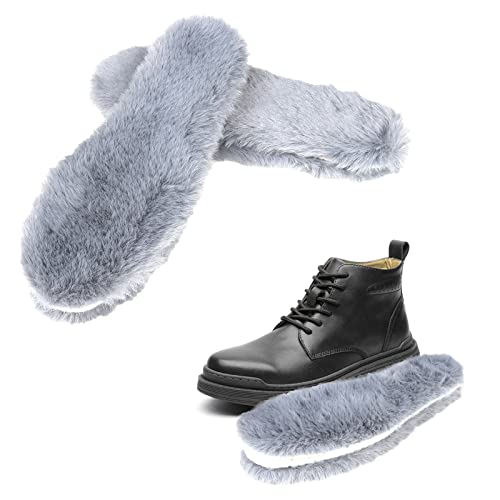I've been thinking of using Peltier Junctions to cool rabbits ever since I read about giving frozen bottles to them during the heat.
At first, I thought of building a cooling wall area out of aluminum that was attached to the cooling side of the peltiers and using computer heat sinks with fans to draw the heat off of the hot side. It would take 2 or 3 peltiers to cool a rabbit sized wall.
paradox's idea of the coolers made me think again. I could put a single peltier in a cooler with a heat sink on the inside and a heatsink and fan on the outside. The cooler will make the whole thing much more efficient. Venting the heat would be no problem, since the hot side would be on the outside of the cooler.
An abbreviated background - I buy cabinet coolers for industrial electronics for the company I work for. Some of these are hardened air conditioners and some are peltier systems. The peltier systems use much less electricity and have no moving parts other than the cooling fans. They run on 12 or 24 Volts DC. They cost $1230.57 each plus whatever the power supply costs, plus labor to install. You or I can build them from scrap for less than $10.00 each.
So here I go.
I bought the peltiers from Hong Kong through ebay. There were various sellers involved and my average cost with shipping was just under $4.00 each.
The power supply will be solar eventually, but for now, I have a UPS (battery backup) that has bad batteries. I'll pull the regulator out of it and discard the inverter. I only need the 12V side.
I have some heat sinks from CPUs in old computers that people have discarded. I'll use a plain heat sink on the inside of the cooler and a 12 Volt fan powered one on the outside. They'll be held to the peltier with thermal epoxy that I bought from Newegg. The epoxy was $6.00 each and I figured 2 would more than complete the rabbitry needs. So about $1.00 each.
I'll need an insulating wall to mount the peltier to the cooler. I haven't come up with that yet, but I'll post plans and pics as the project progresses. Hopefully, it'll be in time to keep the bunnies cool before the 100 degree temps become typical.
At first, I thought of building a cooling wall area out of aluminum that was attached to the cooling side of the peltiers and using computer heat sinks with fans to draw the heat off of the hot side. It would take 2 or 3 peltiers to cool a rabbit sized wall.
paradox's idea of the coolers made me think again. I could put a single peltier in a cooler with a heat sink on the inside and a heatsink and fan on the outside. The cooler will make the whole thing much more efficient. Venting the heat would be no problem, since the hot side would be on the outside of the cooler.
An abbreviated background - I buy cabinet coolers for industrial electronics for the company I work for. Some of these are hardened air conditioners and some are peltier systems. The peltier systems use much less electricity and have no moving parts other than the cooling fans. They run on 12 or 24 Volts DC. They cost $1230.57 each plus whatever the power supply costs, plus labor to install. You or I can build them from scrap for less than $10.00 each.
So here I go.
I bought the peltiers from Hong Kong through ebay. There were various sellers involved and my average cost with shipping was just under $4.00 each.
The power supply will be solar eventually, but for now, I have a UPS (battery backup) that has bad batteries. I'll pull the regulator out of it and discard the inverter. I only need the 12V side.
I have some heat sinks from CPUs in old computers that people have discarded. I'll use a plain heat sink on the inside of the cooler and a 12 Volt fan powered one on the outside. They'll be held to the peltier with thermal epoxy that I bought from Newegg. The epoxy was $6.00 each and I figured 2 would more than complete the rabbitry needs. So about $1.00 each.
I'll need an insulating wall to mount the peltier to the cooler. I haven't come up with that yet, but I'll post plans and pics as the project progresses. Hopefully, it'll be in time to keep the bunnies cool before the 100 degree temps become typical.






























